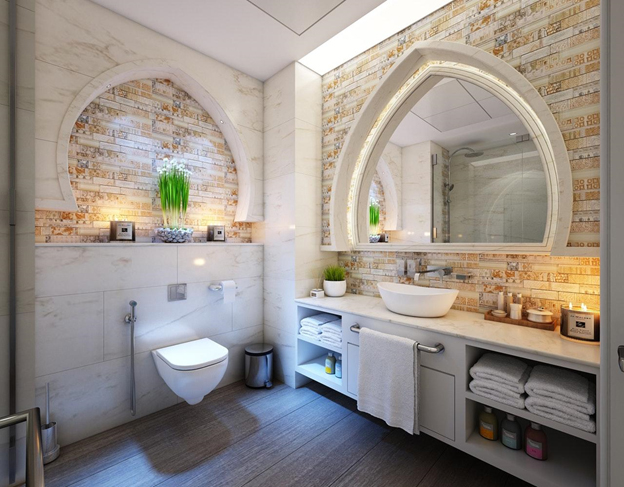Global warming and climate change have been at the forefront of news headlines nowadays. This brings to attention the need to protect the environment. When it comes to going green, every step matters and you can do your share with through your condominium unit. Whether you own a condo unit for personal use or as […]
Simple Ways to Transform Your Condo Into an Eco-Friendly Space





























































































